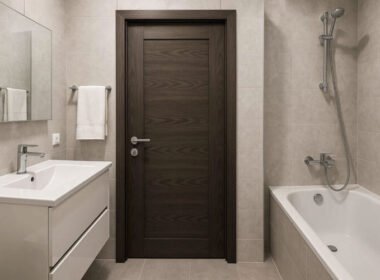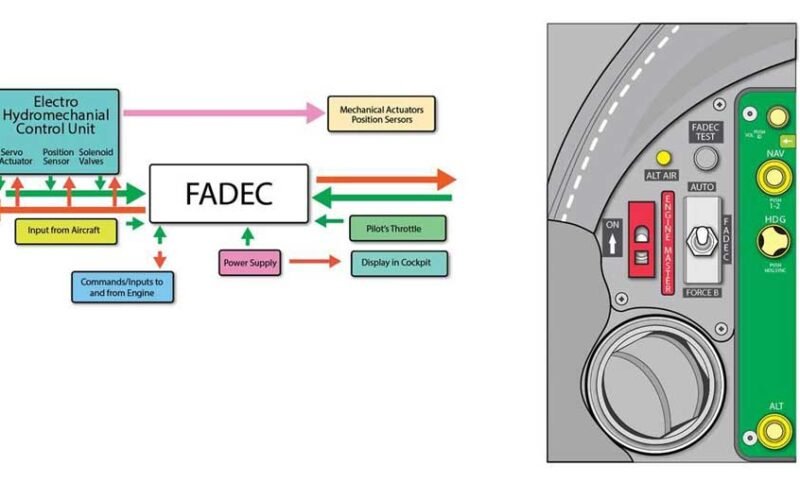Transitioning to independent living can be an exciting yet challenging step for seniors. Whether moving into a new home or adapting to living independently after years of relying on others, the process requires careful planning and emotional adjustment.
Below are essential tips to ensure a successful transition to independent living. This helps seniors maintain their independence while embracing the changes that come with this new chapter in life. Read on.
Plan Ahead for a Smooth Move
The first step in transitioning to independent living is preparation. Plan the move carefully, keeping in mind your specific needs and preferences. Choose a living space that’s comfortable, accessible, and close to important amenities such as:
- grocery stores
- healthcare providers
- public transportation
It’s also essential to assess whether the new space is senior-friendly, with features like grab bars in the bathroom, easy-to-reach kitchen cabinets, and clear pathways to reduce fall risks.
Declutter and Downsize
One of the most significant challenges for seniors moving to independent living is downsizing their possessions. Over the years, it’s easy to accumulate items that might not be necessary in a smaller space.
Begin the decluttering process early, sorting through belongings and deciding what to keep, donate, or sell. This will reduce stress during the move and make the new space feel more manageable and organized.
Focus on Safety and Accessibility
Ensuring your new home is safe and accessible is crucial for independent living. Look for ways to make your environment more senior-friendly. Install handrails, non-slip mats, and bright lighting to help with mobility and visibility.
If you have difficulty with stairs, opt for a home with a single floor or consider installing a stairlift. Also, having a personal emergency response system (PERS) can provide peace of mind.
Maintain a Healthy Routine
Staying physically and mentally active is vital for seniors adjusting to independent living. A regular routine of exercise, such as walking, swimming, or yoga, can help maintain mobility and prevent health complications. Similarly, engaging in activities that stimulate the brain helps keep your mind sharp, like:
- reading
- puzzles
- learning new skills
Staying connected with friends, family, and community groups is equally important for emotional health. Independent living doesn’t mean isolation.
Seek Support When Needed
Transitioning to independent living can be overwhelming, and it’s essential to seek help when needed. Don’t hesitate to ask family members, friends, or professional caregivers for assistance with tasks like:
- meal preparation
- medication management
- home maintenance
If you find yourself needing more help, you may want to explore in-home care services or home health aides who can provide personalized support. Reaching out to support groups for seniors can offer encouragement and advice from those who have gone through similar experiences. Check out assisted senior living in Venice to learn more about a retirement home.
Embrace the Change
Lastly, one of the most important aspects of transitioning to independent living is embracing the change with a positive outlook. While this transition may come with challenges, it’s also an opportunity for greater autonomy and self-discovery.
Take pride in your independence and find joy in the freedom that comes with it. Whether it’s:
- pursuing hobbies
- traveling
- simply enjoying time in your own space
Independent living can be a rewarding chapter in life.
Start the Journey to Independent Living
Transitioning to independent living is a significant life change for seniors. However, with the right preparation and mindset, it can lead to greater independence, security, and fulfillment. By following this guide, seniors can enjoy the benefits of independent living with confidence and ease.
If you want to read more articles, visit our blog.










